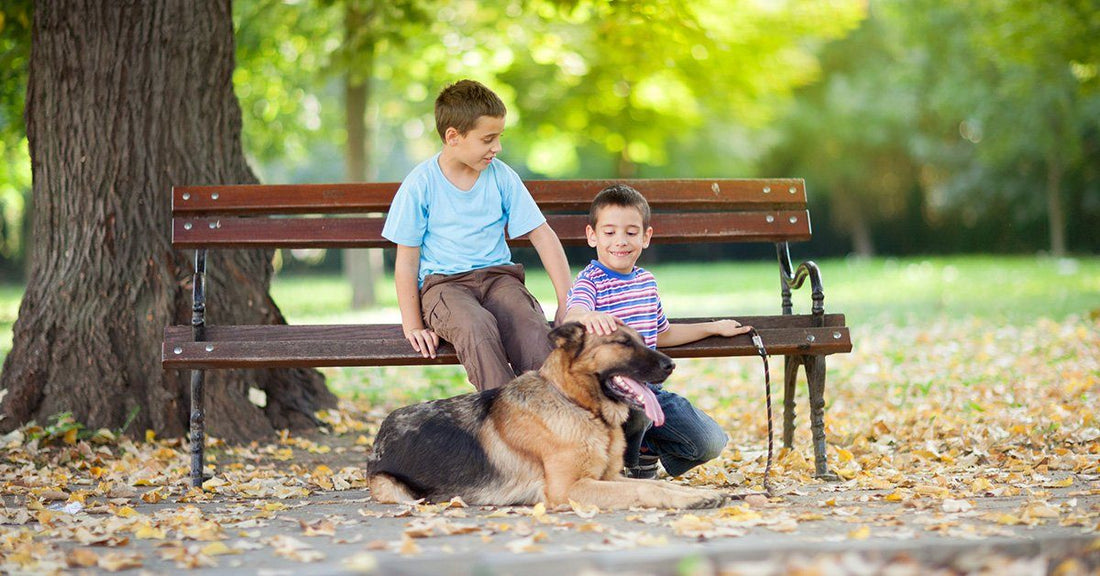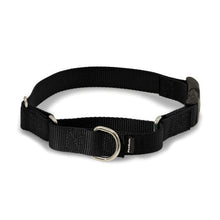5 Tips For Socializing Your Adult Dog And Simple Ways To Keep Their Skills Sharp

Socializing puppies is very important for their development and to teach them social skills. In the early days, by socializing your puppy you can shape your dog into the good canine citizen that you want them to be.
What is dog socialization?
Socialization is simply getting your dog used to other people and pets and teaching them how to behave in different types of situations so that they are comfortable and confident throughout life. Good social skills also help prevent behavior problems later in life.
Once socialized, ongoing socialization is necessary to keep your adult dog happy and well balanced. Some of the benefits of owning a dog that is well socialized are that the dog will be:
- Less anxious
- Less fearful of new situations
- More confidant
- More comfortable
- Easier to train
- More friendly when meeting new people
- More adaptable to changing situations
- Less nervous around meeting new pets
- Easier to handle in different environments
- Happier and well adjusted
Signs a dog needs more socialization includes:
- Nervousness around new people or places
- Avoidance of new places, not having fun
- Aggressive toward other animals
- Growling at children or people wearing a hat, uniform, etc
- Fear growling, showing teeth, raising hackles for no reason
- Unusual shyness, hiding from strangers
Social skills should be reinforced and practiced as much as possible throughout your dog’s lifetime so that problems don’t develop. Dogs that never leave their homes or meet new people can forget how to behave and may get nervous when confronted with in new situations.
There are several things you can do to reinforce good behavior and build your dog’s confidence. Some tips that can help include:
1. Training:
If your dog is not trained, it’s time to start, no matter how old they are. Your dog will need to master some basic obedience skills to be able to go on outings without creating unnecessary stress. By teaching your dog to heel, sit, lie down, go potty while leashed, greet new people, be quiet, and patiently go in and out of doors, you’ll be able to take your dog anywhere that pets are welcome.
2. Consistently introduce your dog to new situations:
By consistently introducing your dog to new situations, you’ll build their confidence as well as improve the quality of their life. Dogs love to go on adventures and have fun. They want nothing more than to be by your side. By taking your dog to new places, they’ll be less likely to be nervous or scared when faced with new settings and people.
Some places that you may be able to take your dog to practice their skills include the hardware store, pet store, dog friendly parks, on hikes, to hotels, to visit friends, dog friendly restaurants, a walk through a new neighborhood, through a drive through, play dates with other dogs, and to say hi to vet staff when you’re not having an exam.
The most important thing when introducing your dog to new places is to keep it positive. If your dog is out of practice, start slow and if you can, visit the new places during slow times. Keep it fun and upbeat and bring lots of treats. Be sure to protect your dog from unpleasant experiences when skill building.
3. Dog on dog interactions:
To help keep your dog comfortable around other dogs, allow them to interact with dogs often. By walking them in neighborhoods where other dogs are walked and by taking them to places where other dogs are, they’ll be less suspicious, fearful, nervous, or overly excited when meeting a new dog.
Dog parks are okay if you are comfortable with them and your dog is well socialized. However, the drawback of dog parks is that you have no control of who will come to the park and how well behaved their dog is or if the dog will pack a fight. For this reason, dog parks may not be the best place to go.
4. Play dates:
A good alternative to dog parks are play dates with dogs that you know and love. This is a win-win between friends because you get to hang out and the dogs get to have fun in a safe, controlled environment.
If it’s been a while since the dogs have played, go for a walk in a neutral area and see how the dogs respond to each other. Once home, keep the dogs leashed for a bit until everyone is comfortable.
5. Meeting new people:
Dogs should be taught how to behave when meeting new people. How you handle the situation is ultimately up to you but owning a dog that is friendly and comfortable around people is much less stressful than worrying that your dog might bite or that runs from people.
Dogs should never be forced on a person or other animal or allowed to be cornered by anyone. In general, your dog should not be forced to accept being pet by a stranger, but some balance is needed so they are comfortable with the vet, etc. Dogs usually know who they want to make friends with and will give signals that will encourage introductions.
By taking your dog out in public where they naturally meet and greet a large variety of people (including children) in many situations, you can help prevent your dog from becoming leery or scared of strangers.
If your dog shows aggression toward random people in public, a behaviorist or professional trainer may be able to help. However, by allowing your dog to interact with people throughout their life, many unwanted behaviors or aggression will be prevented.
We hope these tips help you keep your dog’s social skill sharp. Dogs that are comfortable and can go anywhere are happier and have more fun in life.
Please feel free to share with your friends.
























